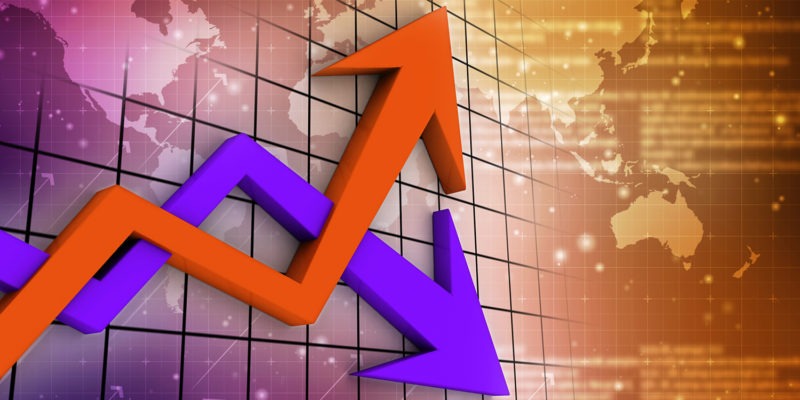Inflation and Supply-Chain Pressures Easing: What is Outlook for Rest of 2023?
A recent analysis by the management-consulting firm KPMG shows that inflation and supply-chain fears are easing, but that the global economy continues to face uncertainty. Lessening supply-chain pressures and resilient labor markets are supporting economic recovery, but uncertainty remains high. What are the prospects for global GDP growth and inflation for the balance of 2023?
Global economic outlook
The outlook for the global economy took a positive turn in the first half of 2023 as inflationary pressures began to ease, but ongoing geopolitical tensions and domestic challenges in key markets are slowing any return to sustained growth, according to the latest forecast from KPMG.
According to KPMG’s latest Global Economic Outlook report, global energy prices returning to levels last seen prior to the invasion of Ukraine, combined with easing commodity and food prices, have helped put further downward pressure on inflation for the rest of 2023.
Despite the positive news, major economies throughout the world—most recently the UK and US—are facing their own domestic pressures, delaying any hopes of improving market conditions and a drop in inflation, according to the KPMG study. The study says that the nuanced, complex picture in each country, region, and territory is placing unprecedented pressure on central banks, with worries that core inflation could “remain sticky” and price rises could become entrenched due to the relatively tight economic environment facing a number of territories. Growing fears for the wider international banking system could further complicate matters for central banks as they weigh in financial stability risks against a plan to bring inflation back to target.
KPMG forecasting gross domestic (GDP) growth of 2.1% in 2023 and 2.6 %in 2024 with inflation forecast at 5.3% in 2023 and 3.2%in 2024, and global unemployment levels of 5.2% in 2023 and 5.4% in 2024.
Inflation and supply-chain concerns
With monetary policy focused on moderating inflation while stabilizing financial markets, fiscal policy is left as the potential tool to boost economic growth. Unfortunately, the public finances have deteriorated significantly over the past three years,” according to the KPMG study. “Governments have spent significant amounts on first shielding their economies from COVID-19 and subsequently on protecting households and businesses from higher energy prices. That left public debt at historically elevated levels, with less room for expansionary fiscal policy. Even in the US, federal spending is expected to slow despite the ramp up in infrastructure spending although in China fiscal support is to be stepped up following the reopening of the economy,” says the KPM analysis. The study points out that the rise in interest rates has made these larger debt levels more costly to service, putting further pressure on government finances. Nevertheless, the KPMG analyis says some positive growth momentum is expected this year (2023) from the relatively smooth reopening of the Chinese economy following the lifting of COVID-related restrictions last December (Decembe 2023).
A significant issue, as related in the KPMG study is that he pressure on global supply chains has eased significantly in recent months, while shipping costs have dropped too. “This should help alleviate some inflationary pressures and improve supply capacity,” says the study. “Global trade remains relatively weak although we would expect it to recover this year [2023] as trade flows normalize with the reopening of the Chinese economy and a recovery in global growth while we expect geopolitical tensions to continue to exert some pressure on trade flows over the medium term.” says the study. The study says that consumer demand is also expected to pick up this year (2023) with excess savings—money saved during the pandemic when spending on certain services was not possible—still relatively high in China and Europe, which could potentially be deployed once confidence returns. The study points out that consumer confidence has started to improve in Europe although it remains at relatively low levels.







